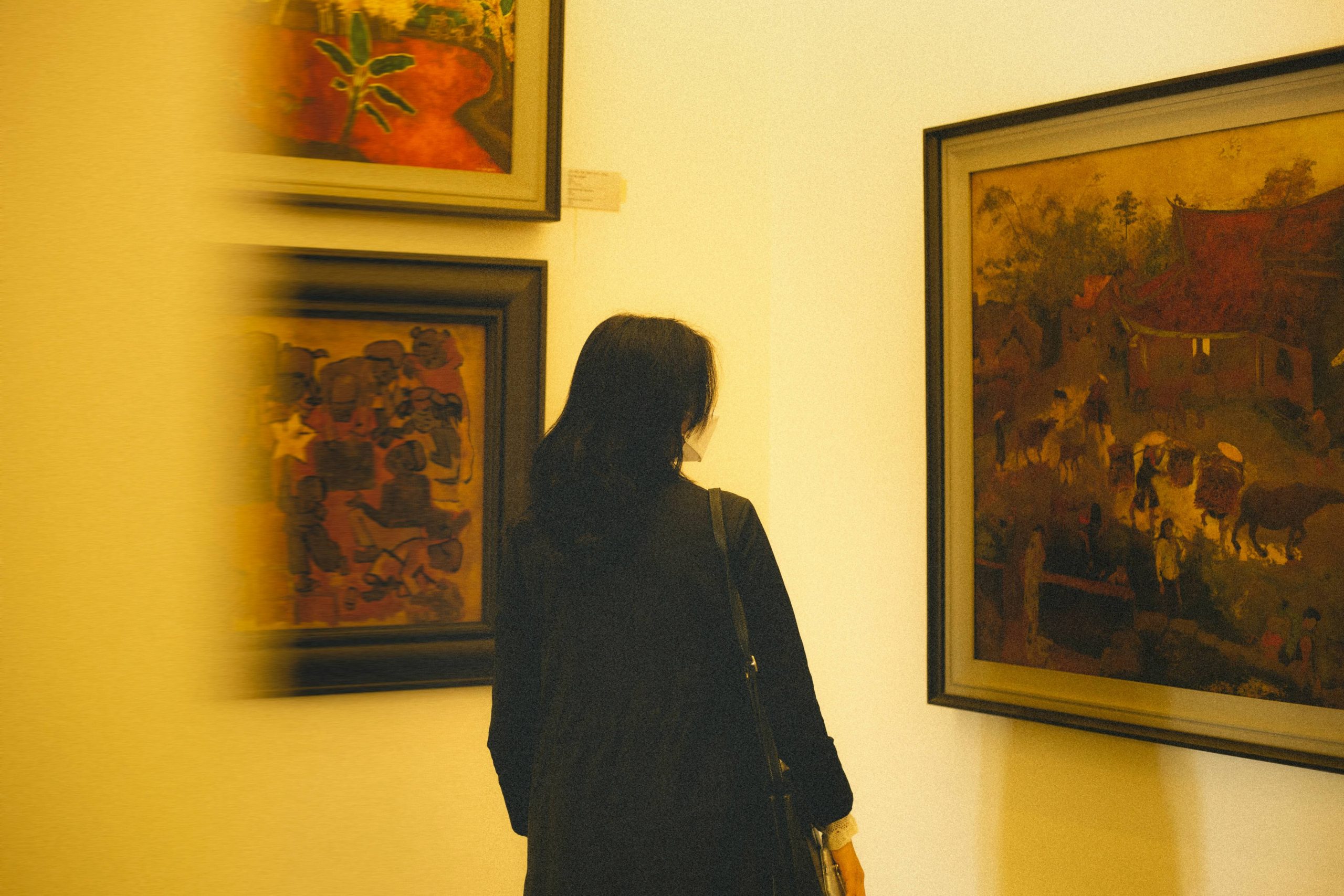
News Writer Julia Cawele discusses the exciting impacts of the reopening of The Birmingham Museum and Art Gallery
The Birmingham Museum and Art Gallery (BMAG) has long been one of the United Kingdom’s premier cultural institutions. It boasts an expansive collection that reflects the rich tapestry of human creativity and history. The museum’s recent reopening after a four-year renovation project amplifies its significance, not just for Birmingham but for the global art community.
The museum’s recent reopening after a four-year renovation project amplifies its significance, not just for Birmingham but for the global art community.
Founded in 1885, the Birmingham Museum and Art Gallery houses an eclectic mix of art, artefacts, and historical items that span centuries and cultures. Its vast collection includes works by renowned artists such as Edward Burne-Jones and the Pre-Raphaelle Brotherhood, as well as a stunning array of ceramics, metalwork, and decorative art from various periods. The museum is particularly celebrated for its extensive collection of Pre-Raphael paintings and impressive array of applied art.
The significance of BMAG lies not merely in its collection but in its role as a custodian of local and national heritage. The museum tells the story of Birmingham. A city that played a pivotal role in the Industrial Revolution, and continues to thrive as a hub of diversity and innovation. Through its exhibitions, BMAG provides insights into the city’s narrative, showcasing local talent alongside international masters and connecting past contributions to contemporary discourse.
The recent four-year renovation project aimed to restore and update the museum’s physical structure and expand its capacity to engage with a broader audience. This revitalisation included modernising galleries, improving visitor facilities, and enhancing accessibility and safety. Furthermore, new lighting and air conditioning systems ensure that artworks are preserved and displayed to their best advantage, while immersive digital installations will provide innovative ways for visitors to experience the art.
The renovation also emphasises inclusivity. With new spaces dedicated to community engagement and educational programs. This effort is particularly significant in a city as diverse as Birmingham, ensuring that the museum remains a welcoming environment for all segments of the community. The reopening symbolises a return to a space that not only houses collections but fosters dialogue and interaction among visitors.
The reopening of BMAG is expected to have considerable cultural and economic benefits for Birmingham and the surrounding region. As a major cultural institution, BMAG attracts tourists, art lovers, and families. A thriving museum generates foot traffic that benefits local businesses, including restaurants, shops, and hotels. Moreover, the museum’s educational programs and community events can inspire future generations of artists, historians, and cultural enthusiasts.
On a broader scale, BMAG’s revival contributes to the UK’s post-pandemic cultural recovery. In a time when many are seeking to reconnect with cultural institutions and experiences, BMAG stands ready to welcome back visitors with a renewed sense of purpose and energy. The museum not only supports the arts but also bolsters the economy and promotes wellbeing through culture.
This reopening arguably serves as a powerful symbol of resilience and renewal. It embodies the strength of communities to come together and reinvigorate shared spaces that celebrate culture and history. The timing of the reopening, post-COVID pandemic, adds a layer of significance, as society begins to heal and rebuild.
In a world that continually shifts and changes, institutions like BMAG remind us of the importance of culture, creativity, and history. As the doors open once more, they invite us to engage with our shared heritage, explore diverse perspectives, and foster connections that transcend time and place.
In a world that continually shifts and changes, institutions like BMAG remind us of the importance of culture, creativity, and history.
Thus, the Birmingham Museum and Art Gallery is not merely a building filled with art; it is a vibrant community hub that nurtures curiosity, reflection, and inspiration. Its reopening marks a hopeful chapter for Birmingham. Reaffirming the museum’s vital role as a cultural cornerstone in the heart of the city and beyond.
If you enjoyed reading this article, consider reading more articles from Redbrick News:
Runaway car hits clubbers outside Freshers event in surprise ‘attack’
Tuition fees must go up, universities say, as the Autumn term begins
Comments